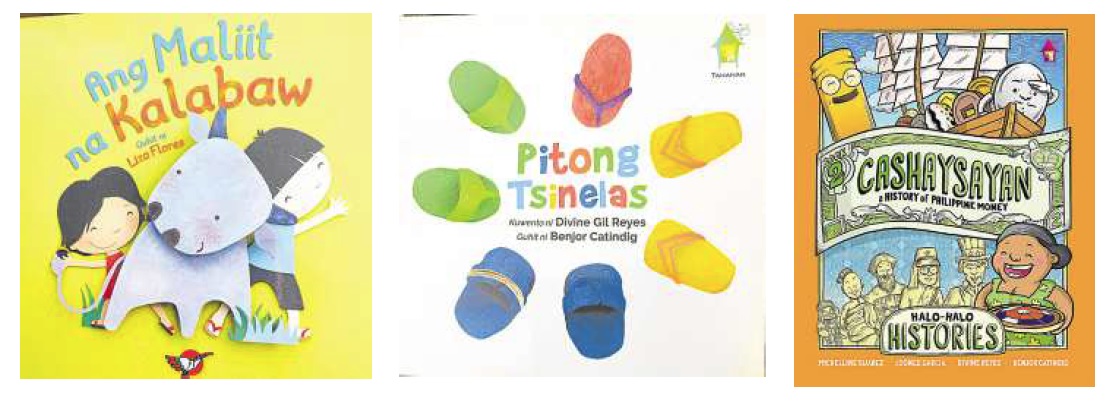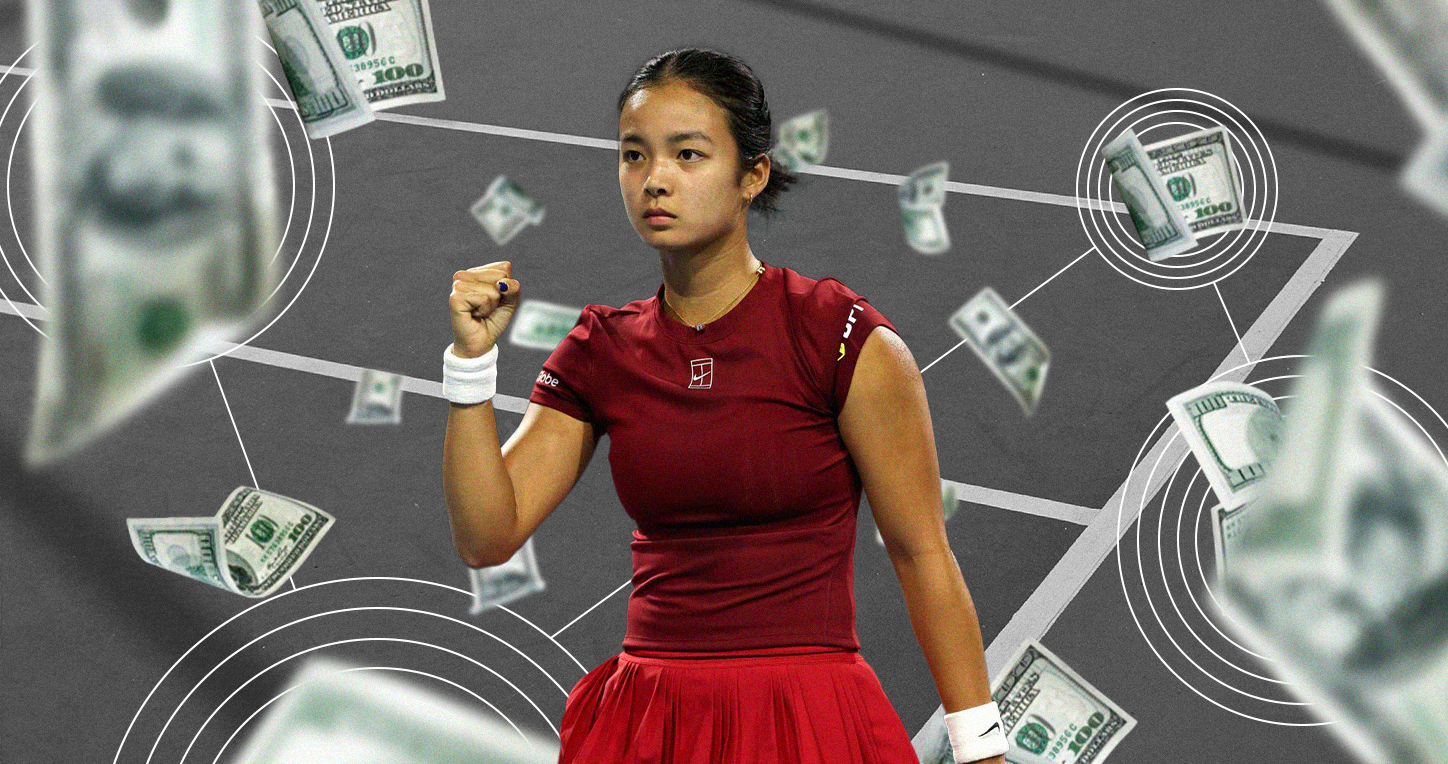A welcome ray of light during this season was the recent announcement of the Best Reads choices for the 6th National Children’s Book Awards (NCBA), an ongoing initiative between Philippine Board on Books for Young People (PBBY) and the National Book Development Board.
A biennial event to honor the best books in Filipino or English for children and young adults (0-19 years old) by Filipino authors and illustrators published in the Philippines within the past two calendar years, 2018 and 2019, this was scheduled for an awards ceremony in July 2020, traditionally coinciding with National Children’s Book Day.
But despite the delay, it is happy news enough that the five member judges read and read and read all of the 2018 entries beginning late October. There were 29 titles on the shortlist and from these, three titles were chosen earning the required unanimous vote from the judges—an agreement they had agreed on prior to actual deliberations.
The judges were Rebecca T. Añonuevo, Christine S. Bellen-Ang, Dolores D. Carungui, Lina Diaz de Rivera, Russell Molina, authors, a former professor, a librarian—readers all and ardent followers of Philippine children’s literature.
Outstanding titles
When the endeavor was first conceptualized by PBBY, they knew the time had come to recognize outstanding titles for children not only to encourage the industry but to celebrate the authors and illustrators and book designers who transform their creative ideas in tangible form for their readers.
Best Reads was not meant to be ranked awards, but rather a list of noteworthy books which exemplify excellence in every aspect of writing, illustrating and production, in the total look of the book, even in the quality of paper used.
This was also in response to perennial requests for recommended reading lists by parents and teachers. And of course, the still-elusive dream of such a Best Reads distinction bestowing on these books the special power to turn bestsellers, mandated for use in classrooms, becoming part of every school library, and every Filipino child’s growing up years—yes, a commercial success, too, why not? The same way children’s book awards like the Newbery and the Caldecott Medal winners in the United States boost tremendous sales for the books.
PBBY had envisioned a list of 10 Best Reads at every iteration—a number that has not yet been reached. This year’s paltry selection of three is a sad statement in itself, one that the industry will certainly take to heart—and grow from. On the other hand, the shortlist of 29 books is in a sense, a most encouraging sign. (See the shortlist on Inquirer Plus at inq.news/inqplus.)“Ang Maliit na Kalabaw” by Liza Flores (Adarna, 2018) and “Pitong Tsinelas” by Divine Gil Reyes, illustrated by Benjor Catindig (Tahanan Books for Young Readers, 2018) are colorful and sturdy board books meant for very young readers.
“Kalabaw” is portrayed as a lovable creature, almost irresistible in the opening pages wearing a summer hat with the bigger carabaos sporting a lei and flowers on the head. None of the wallowing in the mud stereotype.
The story focuses on the small carabao who exhibits such good manners. It knows exactly what to say when crossing the path of chicks, awaits his turn for his bath, shares the grass on the field, and even apologizes when he crashes into a basket of eggs. What a painless and entertaining way to teach basic courtesy.
It must be said that the book’s special charm lies in the playful and whimsical paper cutout art that is a Flores’ trademark.
Odd number
The title “Pitong Tsinelas” deliberately uses an odd number for the slippers to strengthen its theme of inclusivity and convey basic counting skills for the beginning reader. There is a seventh slipper, an odd one out.
The characters in the story are the seven slippers in various styles and degree of use.
We never meet the children wearing them as they go through their day—crossing the street, walking in floodwaters, wearing out their slippers in the process. Yet how successfully the slippers convey what it means to include, rather than exclude playmates.
The book pages tell us of slippers/children going here and there—with the seventh slipper awaiting a playmate. But the six slippers chorus, no matter if you are alone or whatever your slippers are, “Halina’t maglaro na tayo!”

Facts and trivia
“Cashaysayan: A History of Philippine Money” by Michelline Suarez, Joonee Garcia, Divine Reyes, illustrated by Benjor Catindig (Tahanan Books for Young Readers, 2018) is the second in the highly popular Halo-Halo Histories and is intended for independent readers.
The first book, “A Lolong Time Ago,” was also a Best Read in the 2018 NCBA. How can books using attention-drawing clever puns be ignored by our device-crazed youth?
One can’t help but smile over the chapter titles which set the conversational and friendly tone of the book: “Moolah Mula sa Maynila: A Coin-fusing Time,” “Change IS Coming to Your Change,” “Perang Proudly Pinoy.”
It is an entertaining, informative read as important facts and interesting trivia are boxed for emphasis and the illustrations break up what would be text-heavy pages.
Consider these facts: Out of 110 galleons that traveled the Manila-Acapulco route, 102 were built in the Philippines, mostly in Cavite; early Chinese coins with square holes were called caz, possibly the origin of today’s cash; the Yamashita gold that has yet to be found or has it been already unearthed?
There are photographs inviting the reader to look closely for given details and clues as the 1865 Pesos Fuertes. There are colored pages of historical figures who have appeared on our currency showing Tandang Sora, described as sari-sari store owner by day, secret agent by night, as the first Filipino woman to appear on a Philippine banknote.
The pages presenting our current and fairly recent bills by color are helpful guides, segueing into how to spot fake bills. The history ends addressing today’s generation on how to handle money, live and work well, for who knows, your face may appear on a bill one day.
From the cited sources, one sees and appreciates how information in “adult” volumes and historical narratives have been respectfully and carefully distilled for the audience that “Cashaysayan” addresses.
Kudos to the Halo-Halo Histories team for caring enough about Philippine history and offering it to the younger generation in such a palatable, humorous and unorthodox manner. How I wish I had learned history this way. —CONTRIBUTED INQ












































